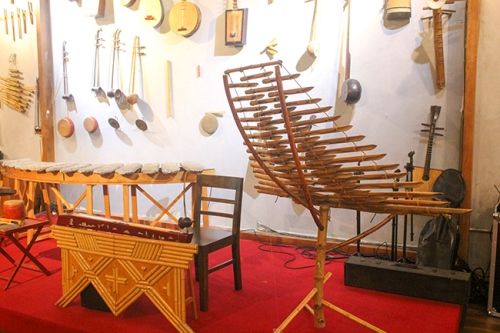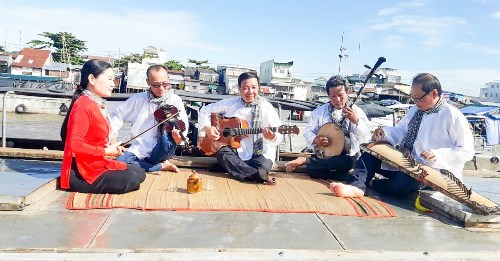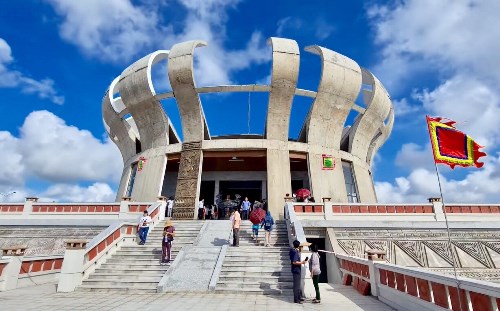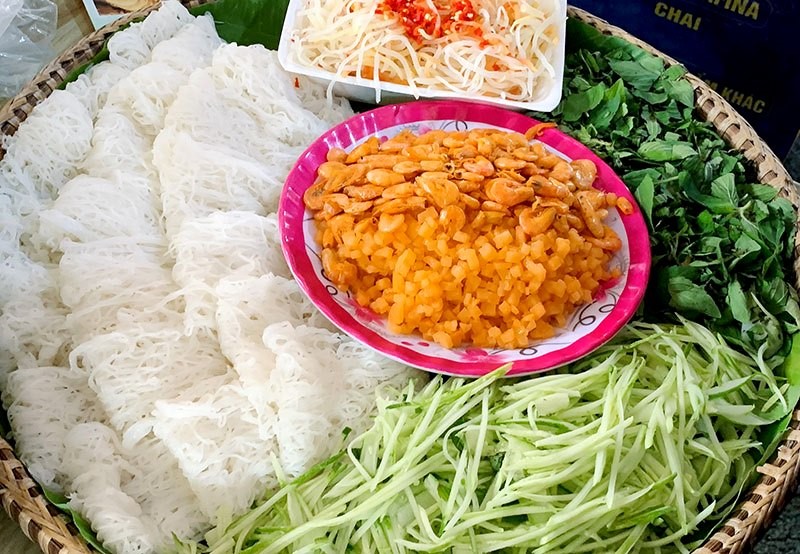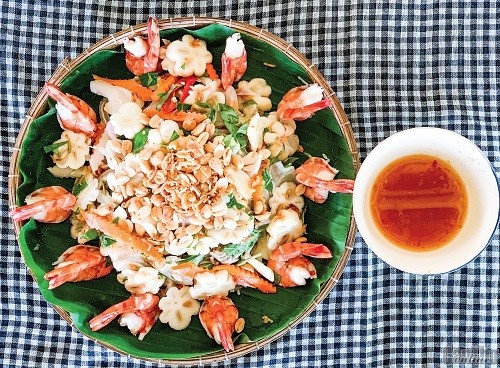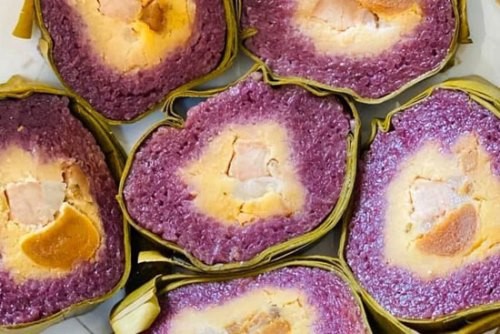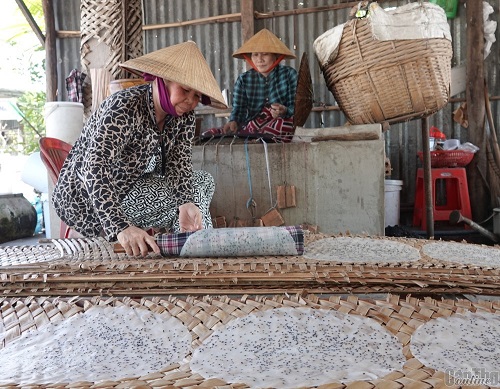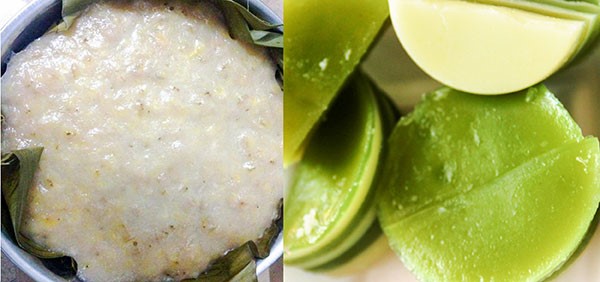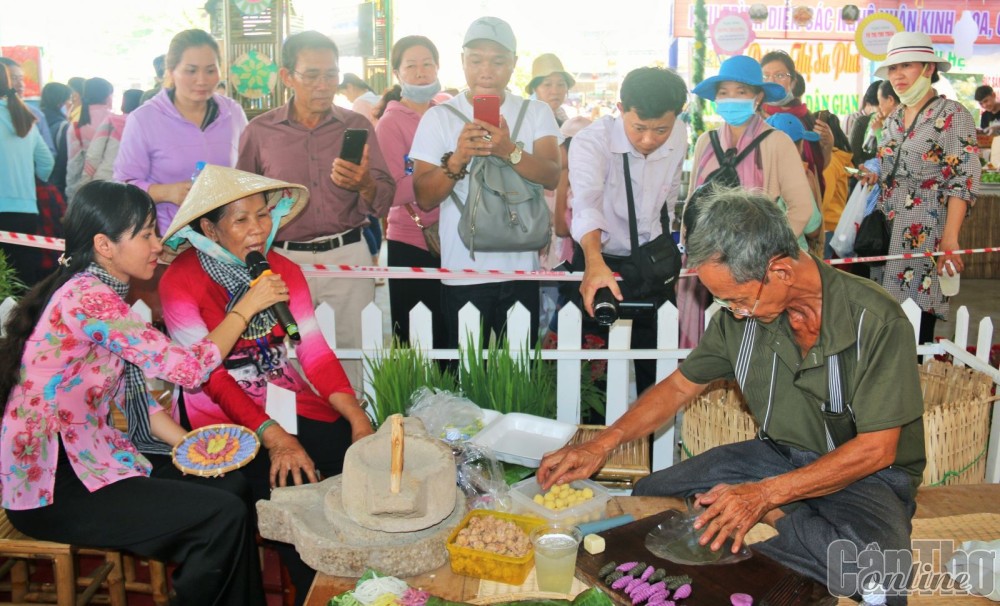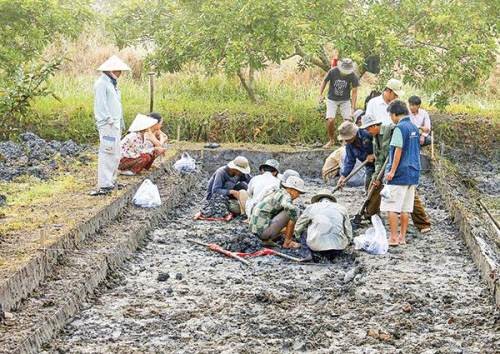
Geographical and natural factors have created favorable conditions for the establishment of ancient population centers: Go Thap (Dong Thap), Ba The (An Giang), Go Thanh (Tien Giang), Binh Ta (Long An), Giong Noi and An Phong (Ben Tre) ... Among them is the center of Nhon Thanh, Nhon Nghia Commune, Phong Dien District, Can Tho City.
In the 1920s, French archaeologist Louis Malleret used aerial photographs of South Vietnam to discover an ancient town in Ba The Mountain as well as a lot of canals and other ancient cities. After that, he conducted fieldwork and archaeological excavations. On February 10th, 1944, when excavating at Oc Eo Mound, Vong The Commune, Thoai Son District, An Giang Province, he discovered several relics and foundations of works and temples proving the existence of a large economic and religious center from the first to the seventh century. This coincides with various ancient Chinese bibliographies about the Funan Kingdom such as the book “Chân Lạp phong thổ ký (Recordings of Chan Lap Area” (13th century) by Envoy Chu Dat Quan. In “Tấn thư” (volume 97, section 67), quoted from “Nhị thập lục sử” (The Twenty Historical Recordings), it says, “They (Funan people) knew how to cut logs to make houses. Their king lived on a multi-floor house. They took ken wood to build the citadel. They had trees called đại nhược, whose leaves were 8-9 meters long along the coast. They used such leaves to make the house roof. The common people also build houses with several floors to live in.”
Many studies show that this powerful kingdom was formed in the early years of the Common Era, controlling all boats entering and leaving the southern coast and the Gulf of Thailand. They made trade with lots of big countries in the world: Rome, Persia, India ... Among the artifacts excavated in the aforementioned large population centers, archaeologists found a lot of imported products such as Roman coins printed with the image of Emperor Antonius, Roman lanterns, Persian pearls, several Buddha statues in Indian style, canoes shaped like Central Asian leaves ... Around the seventh century, this kingdom weakened due to various reasons: invasion of foreign invaders, changing living conditions ...
Louis Malleret called the culture of the above-dating framework discovered in the South: Oc Eo Culture.
Nhon Thanh relic is located in Nhon Thanh Village and part of Thi Tu Village, Nhon Nghia Commune, Phong Dien District, Can Tho City and distributed on an area of about 56 hectares. It is about 14 kilometers from the center of Can Tho City to the Southwest, with Highway 61C from Can Tho City to Hau Giang Province.
Geographically, there are a number of notable places in here: Da Noi Swamp, Cot Cau Headland, Bau Nho Canal, Dau So Headland. The names: swamp, headland… show that this place is a low terrain with flooded water linking small canals: Sung Canal, Khai Ditch to Can Tho River.
Nhon Thanh relic was especially noticeable in 1990 when flocks of people in the area flocked here for “gold hunting”. In 1991, the former Hau Giang authorities started fieldwork, exploration, and excavation on an area of about 500 square meters. Initial results aroused much interest among archaeologists throughout the country and facilitated continuous exploration and excavation in the following years.
In 2011, the city-level scientific research project "Researching, exploring and excavating Nhon Thanh archaeological site (Nhon Nghia Commune, Phong Dien District, Can Tho City)" was conducted for 3 years from 2011 to 2013. From the excavation and excavation pits at the Nhon Thanh relic, over 37,000 relics were collected. They were rich in categories: daily objects, jewelry, crafting tools, worshiping objects, worshiping statues ... made of different materials: wood, stone, terracotta, metal ...All of these reflect the economic, cultural and social life of a residential center about 1,400-1,700 years ago.
Through this large-scale exploration and excavation, archaeologists have concluded that Nhon Thanh relic has 4 types of relics. They are residence, craft workshops, wharf sites, and religious architectural relics.
Particularly, residence ones have two types: residence on stilted houses and residence on reinforced land. They include pottery, earthenware, bones, animal teeth, traces of coal ash ... accumulated alongside or within the same range of distribution of wooden pillars on stilts, or on reinforced floors. Long and square wooden structures with key mortar structures, some with carved traces have also been unearthed. This shows that many of the stilt architectures are large-scale, with wooden bars connected by a system of mounts, mortars, latches with beautiful carvings and decoration.

Nhon Thanh pottery (candy) was recognized as a National Treasure in 2018. Photo: Ngoc Anh
Residence relics - craft workshops are clearly shown through relics related to the processing and manufacturing of jewelry in addition to those on daily life and permanent settlements in residential structures from light material. In particular, there are many traces of metal slag, cast pieces, square stone slabs, fragments of various types of crucibles, metal pouring cups ...
In particular, through Nhon Thanh mold set recognized as National Treasures in 2017, scientists also confirm that Nhon Thanh is a large jewelry processing center of the region.
Many wooden poles and wooden stairs are strong and allocated on the above swamps and headlands, showing that Nhon Thanh used to have a very large wharf. The discovered 5.4m-long, 0.53m-0.56m-wide canoe is the earliest and most intact dug-out one in Oc Eo culture. This proves that this place used to be a great trade center by the waterway.
Regarding religious architectural relics, those found in Nhon Thanh are extremely rich and diverse in category. For example, the left hand of a wooden Buddha image found is twice as big as that of an adult (30.0cmx18.0cmx10.0cm). The hand in the upside-down position is tilted slightly inward, holding slightly openly during the sermon. The fingers are delicately and lively carved. Another is a Buddha statue on a wooden base, in a standing posture on a two-stage lotus pedestal, which is elaborately sculpted, with a gold-plated back. Nhon Thanh statue with the hip projected to the right is a very prominent feature, showing a strong influence from Indian visual arts. The statue was recognized as a National Treasure in 2018.
In 2019, the linga - yoni (two in one) artifact, symbolizing the traditional beliefs of the ancient Nhon Thanh people, made of wood was unique and recognized as a National Treasure.
Oc Eo Nhon Thanh cultural archaeological relic with special historical, cultural and scientific value was recognized as a city-level relic on October 20th, 2014 and was proposed for recognizing as the National level relic. Among the excavated artifacts are 4 National Treasures recognized and proposed for recognition. To conserve and promote the value of the relics, it is necessary to soon plan to delineate the protection core, restore excavation pits in the years 2011-2013, build exhibiting houses ... In addition, it is possible to restore and reproduce all kinds of ancient residence relics of Nhon Thanh people over 1,400 years ago as a tourist center of cultural heritage in Can Tho City.
------
References:
1. Bui Chi Hoang (2018), " Khảo cổ học Nam bộ thời sơ sử (Archeology of Southern Vietnam in early history)", Social Science Publishing House, Hanoi.
2. Coedes Georges (2008), " Lịch sử cổ đại các quốc gia Ấn Độ hóa ở Viễn Đông (Ancient history of Indianized countries in the Far East)", The Gioi Publishing House, Hanoi.
3. Dao Linh Con (2008), " Văn hóa Óc Eo và vương quốc Phù Nam (Oc Eo culture and Funan Kingdom)", The Gioi Publishing House, Hanoi.
Source: Can Tho Newspaper - Translated by Diep Truong





